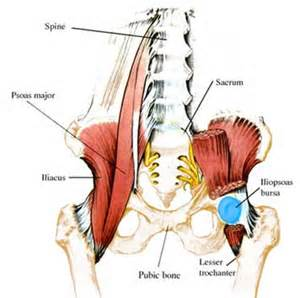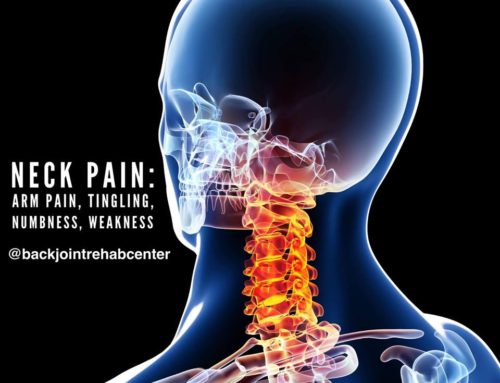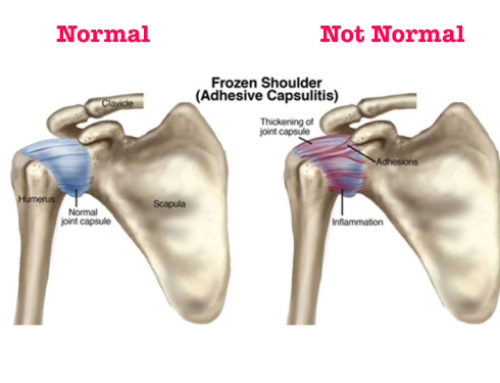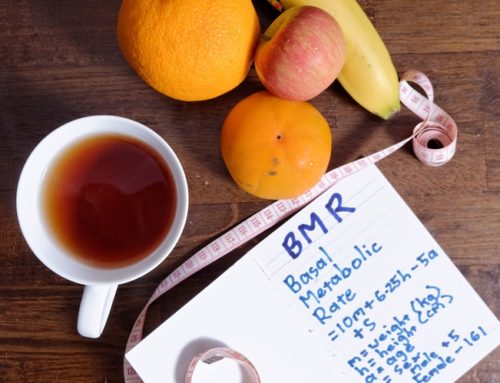PART 5: HIP PAIN
In the fifth part of the Runners Series, we discuss the pain and problems associated with Hip Pain. Through this article, you will identify characteristics associated with pain in the hip joint, hip flexors, and other associated pains.
If you missed the previous parts of the Runners Series and would like to learn how to avoid these injuries, click on the links below:
The hip is a ball and socket joint. The shoulder is also a ball and socket joint. However, the make-up of the hip allows the hip to be less mobile than the shoulder, but significantly stronger. The ball and socket of the hip allows for movement in all 3 planes of motion and is designed to be weight bearing. The hip bone has a deep socket providing a safe space for the head of the femur to be positioned allowing it to withstand great loads.
The surrounding anatomy of the hip includes a labrum, which helps keep the head of the femur in the socket. Muscles and tendons that connect from the spine or pelvis onto the femur are utilized to promote movement in the hip. Within the hip there are a few bursas to reduce friction between muscles, bony areas, and other surrounding tissues.
The most common hip verbiage associated with hip pain is most commonly hip flexors.
“My Hip Flexors are Tight…”
Runners typically experience pain in the hip region, which can arise from many conditions. The more frequently used diagnosis are hip flexor strains, tendonitis, or bursitis.
HIP STRAINS
The muscles that surround the hip are all vulnerable to a hip strain; the more common muscles of the hip to be strained are the groin and hip flexors. If you identify that your pain is attributed to a strain, the pain response will be important. A strain is defined as an overstretching or tearing of the muscle or tendon. A tendon is a fibrous make-up of contractile tissue connecting muscles to bones. A muscle has two tendons, one on each end, this allows it to connect to bones on both ends. Determine the location of the strain, and then determine if it is the muscle belly or the tendon.
Upon determination of what is involved, the pain response, and time frame of resolving the condition can be determined. The pain response will be produce/no worse. This is a pain response that is required to remodel the damaged tissue. The scar tissue that is formed to heal the overstretching or tears of the muscle or tendon will need to be remodeled. In order to completely remodel the injured area, a controlled stress must be applied in the area of the strain. During the load, it will produce pain or discomfort; upon, termination of the load, the pain will return to its original baseline. Thus, the response of produce, no worse.
As we learned, properties of tissue, in this case, the muscle or tendon, are slow to change. Therefore, the timeline of recovery will be a lengthy time, and even longer if the strain is a greater tear. The typical timeframe is 6-8 weeks before changes are noticed in the hip strain; 16-24 weeks for complete resolution.
HIP TENDONITIS
Tendonitis of the hip is defined as inflammation of the tendon of the hip. The inflammation will produce constant pain (every hour, every minute, every second). Until the inflammation is reduced, therapy will be limited. The objective in resolving hip tendonitis is to first reduce inflammation.
The typical mnemonics will apply:
RICE: Rest, Ice, Compress, Elevate
PRICE: Passive movement, Rest, Ice, Compress, Elevate
MICE: Mobilize, Ice, Compress, Elevate
While there are various of expert opinions on what to do with inflammation; there is a main consensus from a general perspective: Move it a Little, Ice, and Rest (Rest Means to Reduce or Restrict the Aggravating Activities)
That is what you can physically do for the inflammation. You can also take some over the counter, anti-Inflammatory medication. Ibuprofen is anti-inflammatory medication. Typically, the inflammation process should be reduced in 7-10 days; depending the severity, it may vary. As always, visit your doctor to ensure you have no contra-indications to take over the counter anti-inflammatories.
Once the inflammation subsides, you may want to address the underlying cause of what produced the irritation of the tendon to create inflammation, tendonitis. If the issue is a mechanical irritation due to poor running form, poor recovery methods, inappropriate training regimen, muscle/tendon imbalances, overtraining, weakness of the hip, or some other compensation; those need to be addressed to prevent any future tendonitis problem.
HIP BURSITIS
Bursae are intended to reduce friction between muscles, bony areas, and other surrounding structures. The hip has 4 main bursae that allow it to move smoothly and safely protecting structures of the hip. Bursitis is inflammation of the bursa. The pain that is produced is due to irritation of the bursa.
The causative factors for hip bursitis can by many; associated with runners, it is frequently a repetitive stress injury. The irritation of the bursa is produced most commonly with prolonged runs with higher frequencies. The time of rest in between runs is important. It is also important to ensure that proper recover resources are visited often throughout the training regimen. In the case of bursae inflammation, the mechanical causative factors are the same as the mechanical factors as in the tendonitis. It can be poor mechanics, over training, poor recovery methods, weaknesses or imbalances of the hip structure & use.
Again, the first focus should be reducing the inflammation. Whether you are able to utilize the methods mentioned above, or if the pain has become more severe, many times an injection is given to the hip region. The steroid injection quickly reduces the inflammation and thus, the pain subsides. However, the injection did not resolve the main factor in which produced the bursitis. Corrective interventions are necessary to prevent future episodes of hip bursitis. Identify & correct the underlying issues to have a long, fun running season.
If you struggle with Hip Pain, please give us a call. We help people who suffer from all types of running injuries.
We are Dedicated to Get You Better Through Movement…
If You or Someone You Know Struggles with Hip Pain, Give Us a Call. We are Here to Help (219)-310-8822.
Dr. Artemio Del Real DC, Cert. MDT, CSCS





